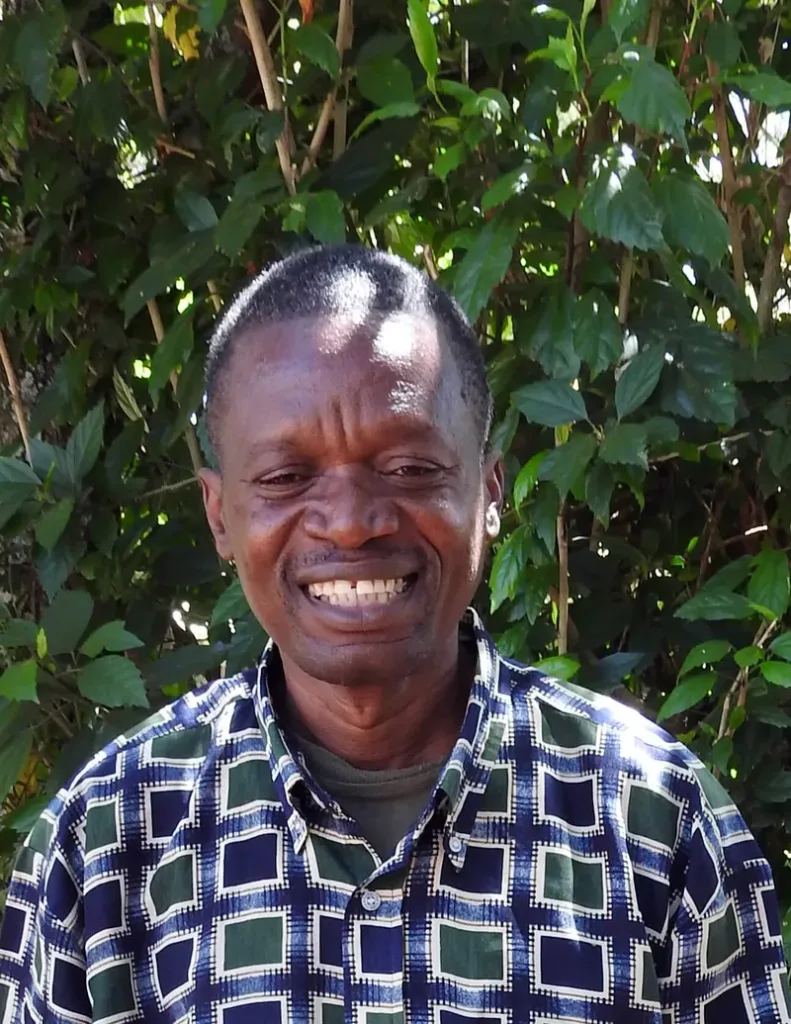
By: John Mwamhanga, M.S.
Himalayan Sailing
With our eyes closed, the flap and flutter of prayer flags on this mountain promontory makes us feel as if we were surrounded by sailing vessels. We are encircled by stiff breezes, urging us to “take off! set sail!” in the warm spring sunlight.
We are indeed, metaphorically, about to set sail. We are in the last flurry of field exercises and lectures before exams, and once that anchor has been weighed, we are finally off on our Directed Research projects!
But back to prayer flags spinning out invocations for the happiness of all sentient beings from this mountain-top in central Bhutan. We are at Pemacholing Higher Buddhist Institute, a trailblazing place for monastic education for women. A student remarks, “This is great! I feel like we’ve seen so many monks and monasteries, but this is the first time I’ve visited a nunnery”.
This is true, and some experiences bear waiting for, though as with so many things in Bhutan, a connecting thread runs through it all: one of the first monasteries and sacred sites we visited at the beginning of term in western Bhutan was Gangteng Goemba in Phobjika valley, the lineage seat of Pemacholing Institute. That was a long nine weeks ago, when students were new and wide-eyed at being in Bhutan, still getting used to the national dress, which many have since embraced and now don like pros.
The monastics, headed by their Principal, have given us a warm welcome with tea and snacks as student groups guided by academic intern Aanchal work with their translators going over interview questions. After a picnic lunch, the afternoon is spent interviewing nuns who have courteously agreed to give us some time from their busy day. When they are not in Buddhist Studies classes, time is also spent on chores, such as chopping enough firewood for cooking and heating needs of over 100 residents. Over several interviews, students put into practice their skills in establishing rapport, seeking informed consent, asking quantitative and qualitative questions to learn about gendered dimensions of religion and environment.
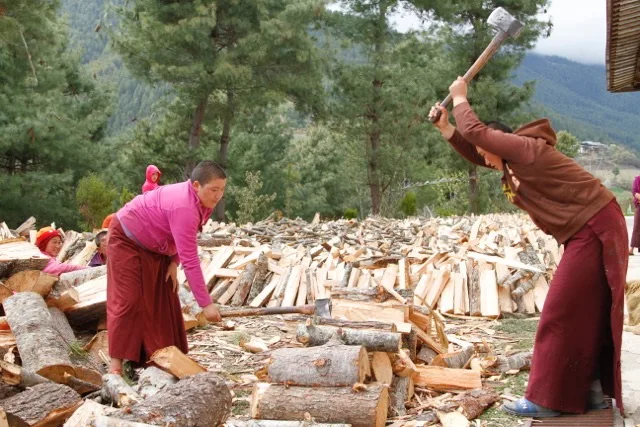
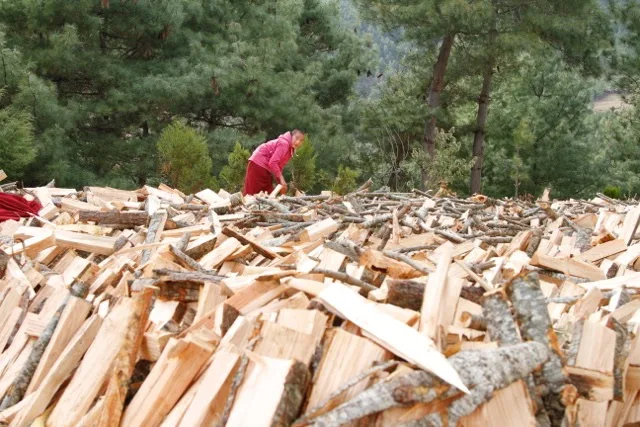
All too soon, it is time to finish conversations and head back to our home valley. As last questions are asked in turn by the interviewees, in one group, after asking the individual students where they are from (“I am from New York Dzongkhag” says one, and the others follow suit), two monastics express their appreciation and happiness that students are wearing Bhutanese national dress. It is their hope, they say, “that when you leave and return to your own country, you will also wear our national dress”.
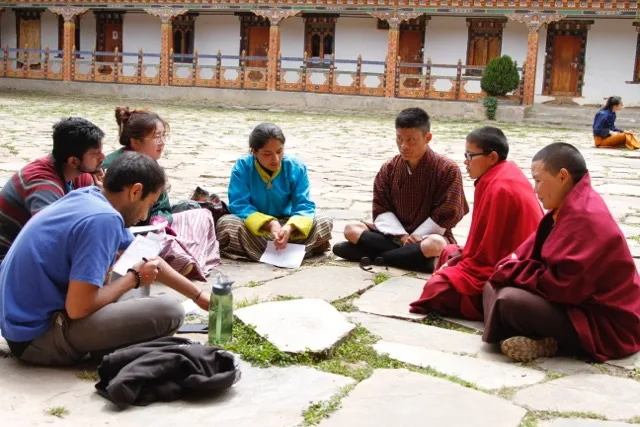
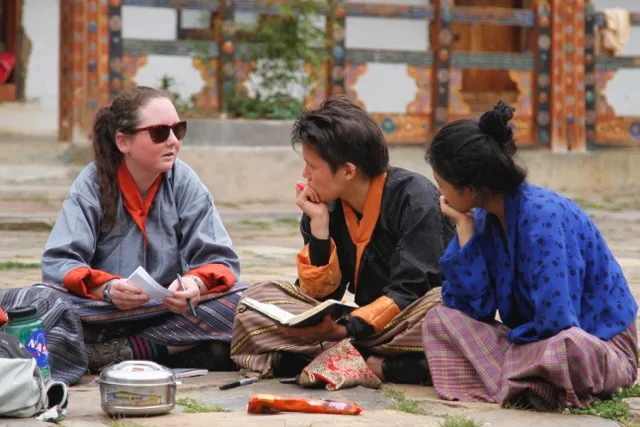

As a field lecturer, it is my hope too, that when our wonderful students are back in their respective Dzongkhags, and the Himalaya feels far away, they will don something from their time here, and remember the threads that connect us.
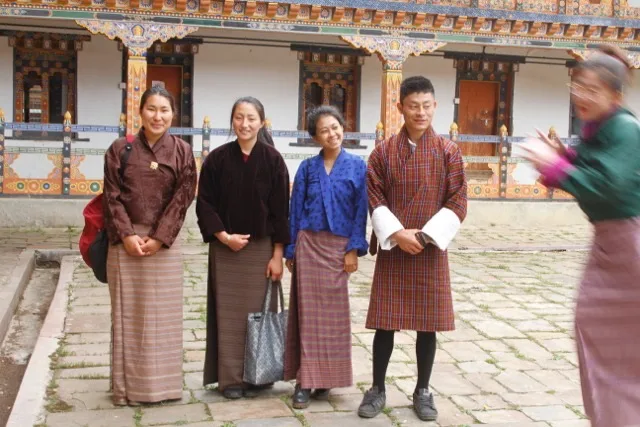
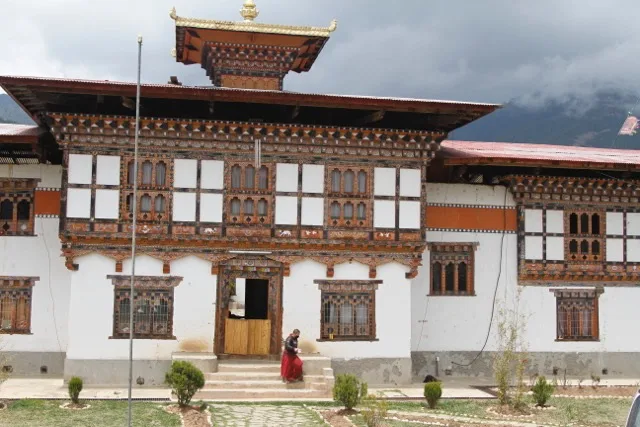
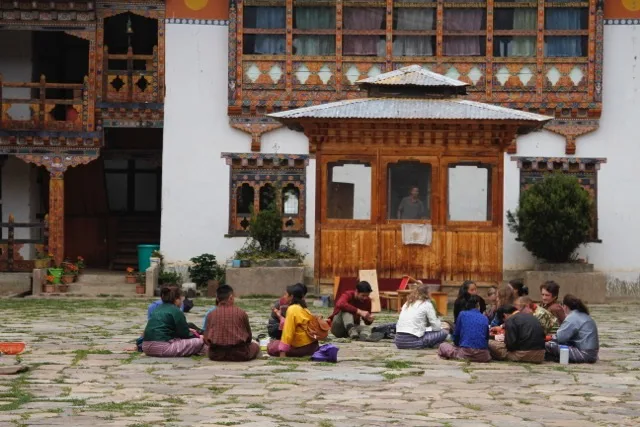
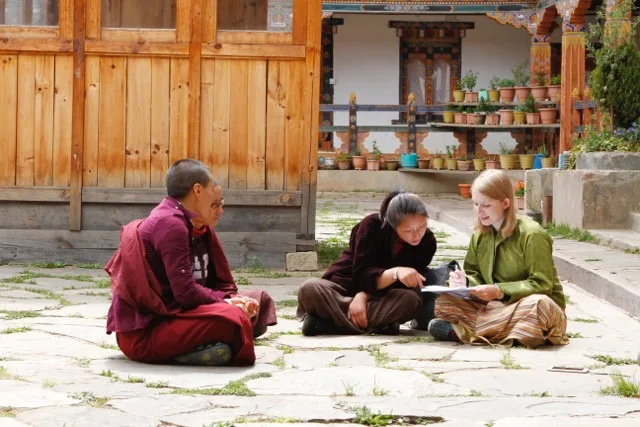
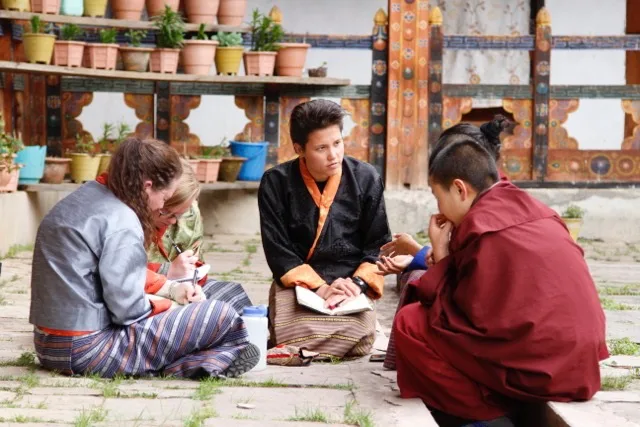

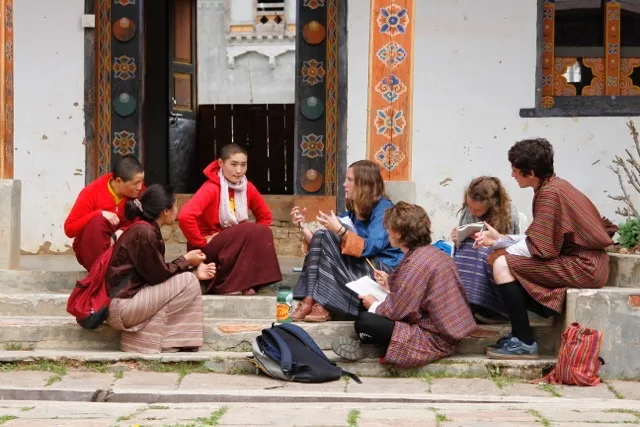
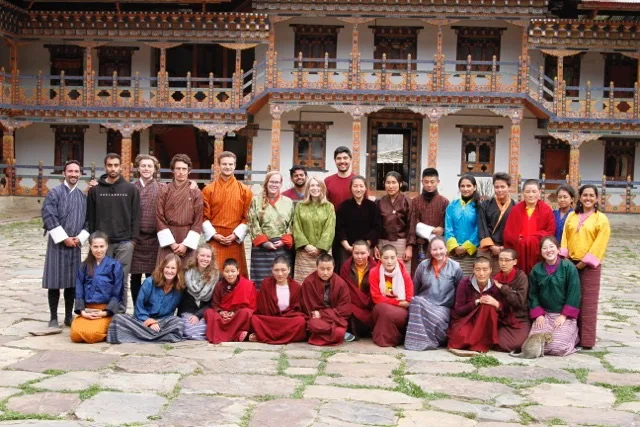
Related Posts


Alumni Reflections: Stories of the Return to Kenya
